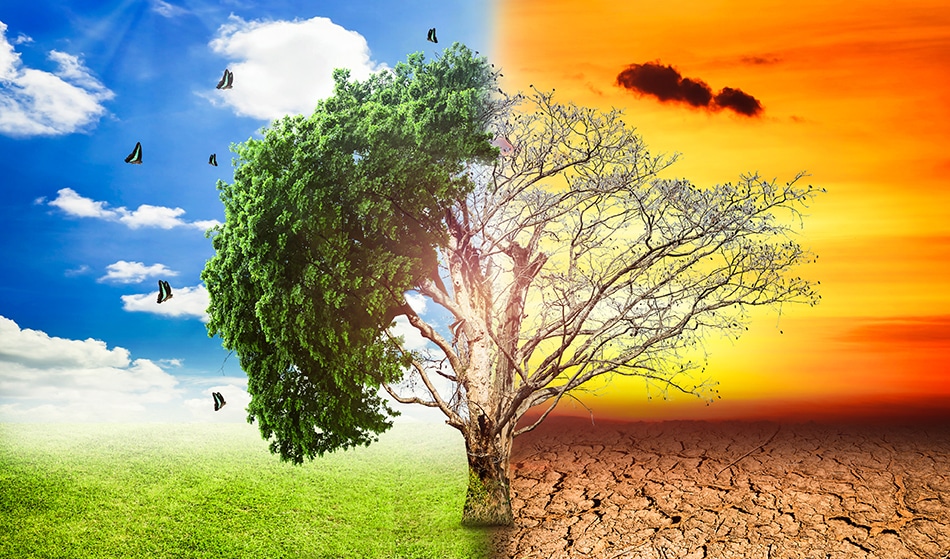Global warming is a term used to describe the gradual rise in the average temperature on the earth’s surface and the oceans. According to Intergovernmental Panel on Climate Change (IPCC) 2007 assessment report; the average temperature on the earth’s surface increased by 0.740C from 1906 to 2005, which was the highest ever in the history of humanity. Global warming is believed to be the biggest contributor to climate change.
How global warming is affecting people and/or the environment around the world?
According to Algore, the manmade greenhouse gases absorb a lot of heat that if released can amount to 400,000 Hiroshima-class atomic bombs. These temperature changes on the earth’s and oceans’ surface area due to an increase in greenhouse gases such as carbon dioxide, nitrogen dioxide, methane, and Sulphur dioxide that makes the earth’s surface warmer. These gases are emitted during natural eruptions or during the course of certain human activities. These human activities include the burning of fossil fuels like oil, coal and natural gases to supply the energy needed to run vehicles and generate electricity; changes in land use such as certain agricultural practices, overgrazing, deforestation, mining, and dumping of wastes among others.
The trapped heat warms the oceans causing high levels of evaporation as evidenced by the shrunken glaciers and the trimming down of the sea ice, as well as the shriveling of the ice sheets in Greenland and the Antarctic. The high heat and high levels of water vapor in the atmosphere have influenced the rainfall patterns in various parts of the world as manifested by the change in seasons, for example in the UK where summer span has reduced while winter rain is taking longer. The massive evaporation from the earth’s surface causes dry spells exhibited in the form of widespread droughts like in the Sahel region, the horn of Africa, Mediterranean, Southern Asia, Middle East, and California; the horrendous floods in Colorado and Kashmir, and the overwhelming heat waves in various parts of the world are all exhibits of the change in climate due to global warming
Adoption of alternative energy sources globally
Despite the fact that the adoption of alternative energy sources is on the rise globally, its adoption across the globe is hampered by several regulatory, social, technological, and financial obstacles. Nevertheless, it should be underscored that there is a global effort to adopt alternative energy sources. Market failures together with poor institutional, financial as well as regulatory environments necessitate external interventions to create alternative energy sources.
Alternative energy sources are the only way to go to avert the current global warming challenges. There are several alternative energy sources globally. For instance, in India, the ministry in charge of Renewable energy recently put in place measures to find water bodies around India which are feasible enough to construct solar plants.
In Palestine, the energy ministry gave permits and licensing for its large scale power plant near Hebron city. In the United States, construction has begun construction on utility-scale wind farms around North Carolina with huge capacity. The Hornsea project is the biggest wind farm globally in the United Kingdom with great potential. Furthermore, there are many other small scale alternative energy sources going on at the moment globally.
Nevertheless, it is still hard to say that everything is in favor of alternative energy sources globally, despite the long term prospects indicate that the situation may be so. Regional approaches would be ideal, in developed nations that have committed to reducing the levels of carbon components, much focus should be on the success of alternative energy sources.




